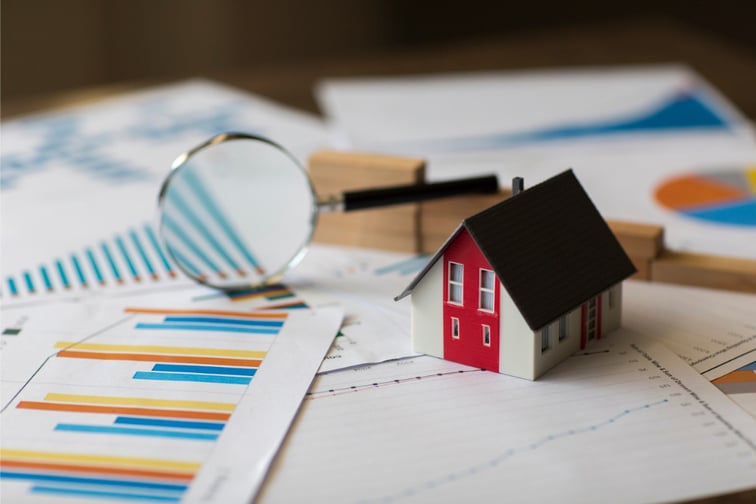

National Australia Bank (NAB) has warned mortgage holders that their loan repayments could climb by a third, or an average of $721, during the next 18 months.
A surge home loan pain would also see Australian borrowers experiencing the tightest budget pressures in a decade.
NAB has forecasted mortgage rates to increase by 2.25 percentage points by September 2023, which would see an average Australian household with a $600,000 home loan owe their bank another $700 a month, Daily Mail Australia reported.
Tapas Strickland, NAB's director of economics, said interest payments as a share of household income would rise to the highest level since September 2012, with interest payments, across all borrowers, predicted to increase from the current 4.4% of household income, to 7.9%.
This would see mortgage repayments as a proportion of take-home pay climb above the post-Global Financial Crisis average of 7% and well above the pre-pandemic level of 5.7%.
“While it is clear the household sector will be able to service a higher mortgage rate, a rise in interest payments relative to income of 3.5 percentage points will have to be financed by a reduction in saving and/or lower consumption than otherwise unless the economy remains very strong and wages growth accelerates considerably,” Strickland told Daily Mail Australia.
CoreLogic data showed that Australia's median property price was at $718,146 in January, following a 22.4% annual increase, which was the fastest pace in 32 years.
Home prices in capital cities and regional areas are also growing at 10 times the level of wages.
Factoring in a 20% deposit, a borrower paying off a typical Australian home would need to pay the bank $574,517.
An owner-occupier with this kind of mortgage, with a still-low 2.39% variable rate, would have monthly repayments of $2,238. Should variable rates rise to 4.64%, as predicted, monthly repayments on a mid-priced Australian home would grow by $721 to $2,959 – marking a 32% increase in just 18 months.
Wages in 2021, however, only saw a 2.3% increase despite the ban on skilled migrants from moving to Australia until December, with pay level growth stuck below the long-term average of 3% since mid-2013.
Wages in the private sector grew by 2.4%, compared with 2.1% for public sector employees, according to the Australian Bureau of Statistics for the December quarter.
Sarah Hunter, KPMG senior economist, said the latest wages growth data was still below the RBA's preferred level before it raised rates.
Wages are also well below the 3.5% inflation rate.
“At the moment the average worker is experiencing declining real wages,” Hunter told Daily Mail Australia. “Although markets expect tightening to begin imminently, momentum in wage setting and price inflation means we expect the RBA to wait until the second half of the year August or possibly later, in the fourth quarter, before pulling the trigger.”
The Reserve Bank of Australia cut the cash rate to a record-low of 0.1% in November 2020, following the national COVID lockdowns, and RBA Governor Philip Lowe last year repeatedly said it would stay there until 2024 at the earliest.
But NAB is predicting rates will hit 0.5% by the end of 2022 and 0.75% by the March quarter of 2023.
Even with rates at low levels, an average, full-time earner on a $90,329 salary with a $574,517 loan already has a debt-to-income ratio of 6.4 – that is already considered to be at a dangerous level by the Australian Prudential Regulation Authority, where a borrower would struggle to pay their mortgage and bills.
Since November, APRA has required the banks to model a borrower's ability to cope with a three-percentage-point increase in mortgage rates, up from 2.5 percentage points previously, Daily Mail Australia reported.
